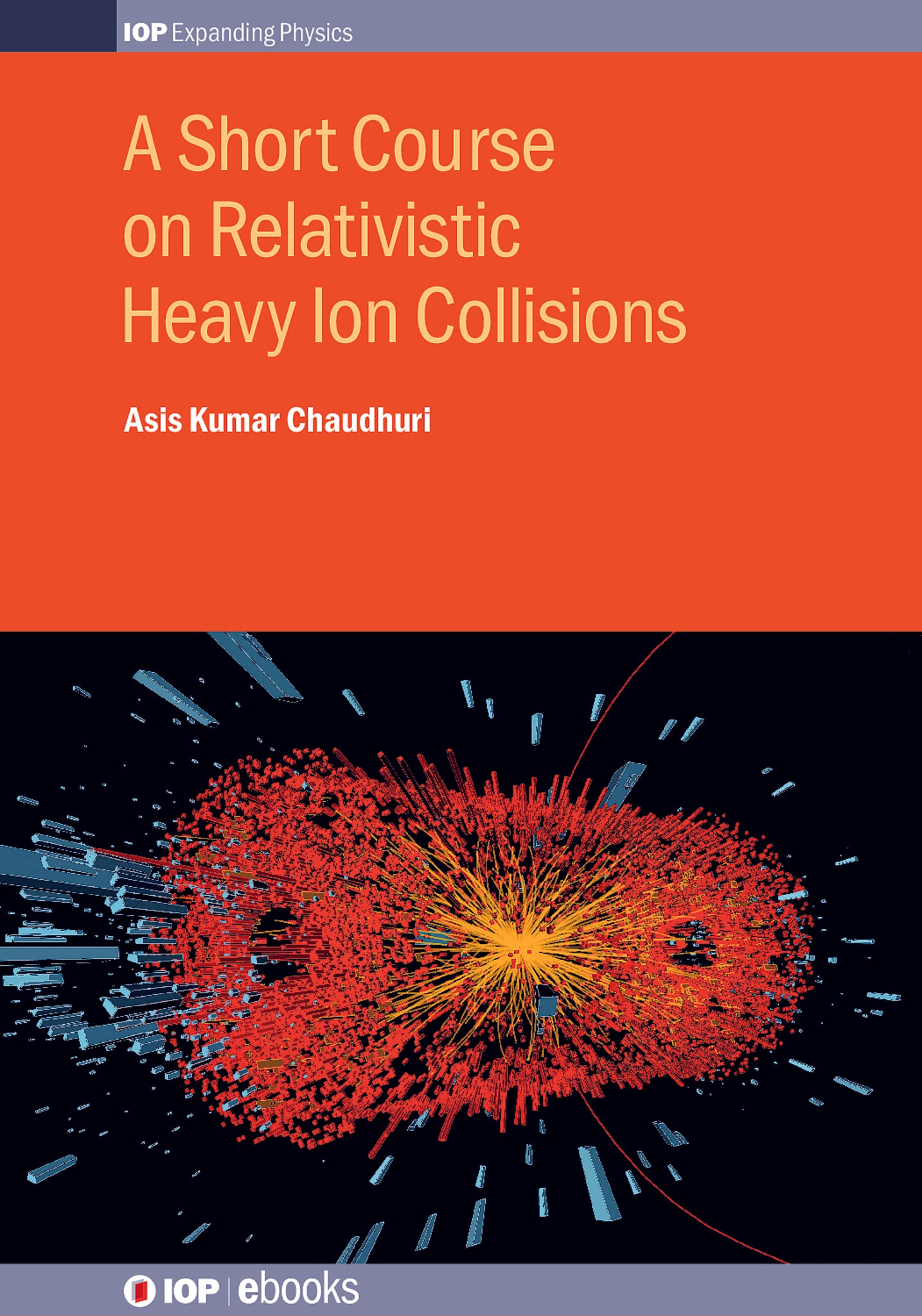We're sorry. An error has occurred
Please cancel or retry.
A Short Course on Relativistic Heavy Ion Collisions
Regular price
£99.00
Sale price
£99.00
Regular price
£99.00
Unit price
/
per
Sale
Sold out
Re-stocking soon
This book introduces the subject of high-energy, heavy-ion collisions, in particular, the subject of quark-gluon plasma (QGP) to graduate students and young researchers, in both experimental and th...
Read More

Some error occured while loading the Quick View. Please close the Quick View and try reloading the page.
Couldn't load pickup availability
- Format:
-
03 October 2014

By colliding heavy ions at nearly the speed of light, scientists are exploring both our physical world and conditions at the beginning of the universe. With applications in nuclear physics, particle physics, astrophysics, cosmology and condensed-matter physics, this text will provide the foundation for a range of graduate students and young researchers in both experimental and particle physics. This text introduces the subject of relativistic high-energy, heavy-ion collisions and, in particular, the subject of the quark–gluon plasma (QGP). Starting with a conceptual basis for QGP formation in heavy-ion collisions, the author then proceeds to provide a more rigorous foundation by introducing gauge theory, QCD and lattice QCD. These topics are introduced briefly but with sufficient coverage that the reader can comprehend their applications in heavy-ion collisions. Two-particle correlation (Hanbury-Brown-Twiss) method and recent advances in hydrodynamical modelling, including event-by-event hydrodynamics are also discussed, bringing the coverage up to the leading areas of current research.

Price: £99.00
Pages: 302
Publisher: Institute of Physics Publishing
Imprint: Institute of Physics Publishing
Publication Date:
03 October 2014
Trim Size: 10.00 X 7.00 in
ISBN: 9780750310611
Format: Hardcover
BISACs:
SCIENCE / Physics / Nuclear, Nuclear physics

1 Introduction 2 Kinematics of heavy ion collisions 3 Glauber model 4 Classical theories for macroscopic systems 5 Quantum Chromdynamics 6 Equation of state for QGP and hadronic resonance gas 7 Modeling Relativistic Heavy Ion Collisions 8 Two particle Correlation 9 Signals of Quark-Gluon-Plasma A Units and Mathematics



